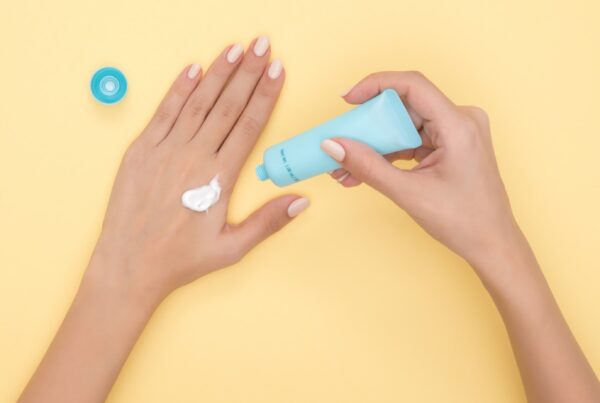Hello and welcome back to Starks.
This blog discusses Hyaluronic Acid Filler, its potential and possible applications.
Introduction
In the past, various substances were injected, not all excellent and often harmful to the point of being even banned. Fortunately, things have changed over the years in favor of the patient who chooses to undergo this type of treatment, today much safer and with better results than in the past.
The most famous of the banned substances is silicone, which has been abused in years ago and which is now banned in several countries as it is also the bearer of very serious complications both in the short and long term.
Like silicone, methacrylates and polyacrylamides are no longer used. The abandonment of these substances has led us to the use of others, much safer and more natural. One of these is Hyaluronic Acid: it is a substance naturally produced by our body and without contraindications, essential for the production of collagen and for maintaining skin hydration.
Read more: https://starksglobal.com/it/en/aesthetic/solutions/fillers/
How does Hyaluronic Acid Filler work?
Hyaluronic acid is a substance naturally produced by our body and for this reason, it is particularly non-invasive. This does not mean that it is good for everyone or that it cannot lead to contraindications.
Before undergoing the treatment of Filler based on Hyaluronic Acid, it is good to request the opinion of an expert doctor who is able to provide a complete picture of the results achievable, any risks or complications and the feasibility of the intervention at 360 °.
For this reason, we suggest you ask for a free consultation by contacting us directly from the contact page of our site.
The Hyaluronic Acid Filler is indicated for the treatment of all areas of the face, for the correction of shapes and volumes, to solve problems of dark circles or improve the appearance of the nose, lips, neck, and cheekbones.
As anticipated at the beginning of the article, the treatment is not permanent and the degree of reabsorption of the product by the body varies from patient to patient, based on the manual skills and experience of the operator who performed the treatment, but also on the depth of the individual injections.
In 6-9 months, the injected Hyaluronic Acid begins the resorption process allowing the patient to undergo a new intervention when he / she likes or even to stop the treatment and return to the original appearance.
The limited duration of the effects is not intended as a lack of treatment but allows you to intervene periodically to recreate an increasingly natural result in line with the passage of time.
Discover all the services dedicated to age management: https://starksglobal.com/it/en/aesthetic/
Are Hyaluronic Acid injections painful?
Treatment consists of a series of usually painless subcutaneous micro-injections. This does not always happen: the pain depends both on the particular sensitivity of the patient and on the treated area.
The lips, for example, being particularly sprayed with blood, are very delicate and for this reason, it is preferred to anesthetize the area of interest before performing the treatment.
This does not happen for injections in the vicinity of the nasal genius furrows which are usually treated without resorting to anesthetics.
Thank you for reading this article, if you need to receive more information on this treatment or on any of our solutions dedicated to Aesthetic Medicine, contact us directly from the contact page of our site.
Thanks for viewing this post. Starks currently provides age management solutions in clinics located in France, Greece and Italy. Please click below to read this article in one of these languages.




